autonomous robotic 3D printer charlotte builds on its own
Meet Charlotte, an autonomous robot with claws that can 3D print homes on Earth and in space without using any cement. Developed by Crest Robotics and Earthbuilt Technology, the machine uses local raw materials in constructing walls or exteriors. On Earth, it gathers sand, soil, and waste products such as crushed bricks. On the Moon, the system uses lunar regolith, which is the loose rock and dust on the surface. The collected materials are placed inside the fabric sleeves of the autonomous robotic 3D printer, and the system then compresses the filled sleeves to form strong layers. These layers, once stacked, strip by strip, build the walls of the home.
Charlotte is spider-like in shape, and the companies say it is lightweight and modular, given that the machine can be folded down for transport in rockets or by vehicles. Once deployed, the flexible legs make Charlotte agile enough to move and pump the materials out of it, which is deemed crucial by the teams when the device works on uneven surfaces like the lunar ground. The autonomous robotic 3D printer is also able to collect the materials itself, which it then compresses inside its body before it churns it out in specific zones or meters, set digitally before the extrusion.
all images courtesy of Crest Robotics and Earthbuilt Technology
machine that uses local soil or clean waste for less emissions
Crest Robotics and Earthbuilt Technology aim for Charlotte to complete a 200 square meter home in a single day. The robotics and technology companies attempt to remove steps from the supply chain to speed up the process. Usually, building a house requires processing cement and transporting bricks. In the autonomous robotic 3D printer’s case, Charlotte replaces this with one process: local raw materials go in, and finished structural walls come out. Instead of cement or fired bricks, the machine also uses local soil or clean waste, and by avoiding these two, the robot removes high-carbon industrial steps for near-zero emissions during construction.
The machine’s approach also produces no waste material, such as offcuts or unused bricks. So far, the teams say that Charlotte is guided by digital plans, meaning it receives instructions directly from a digital design file. It prints the building layer by layer with accuracy, and because the system follows a digital model, there are fewer errors in measurement, and producing same-sized exteriors is consistent. At the present time, the companies are looking for collaborators to develop, test, and scale the autonomous robotic 3D printer. Project Charlotte is also present at the 76th International Astronautical Congress in Sydney, Australia, from September 29th to October 3rd, 2025.
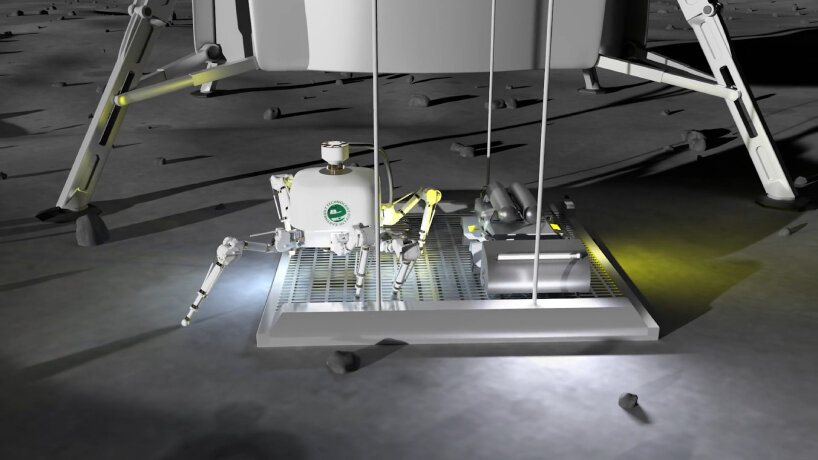
meet Charlotte, an autonomous robot with claws that can 3D print homes without using any cement
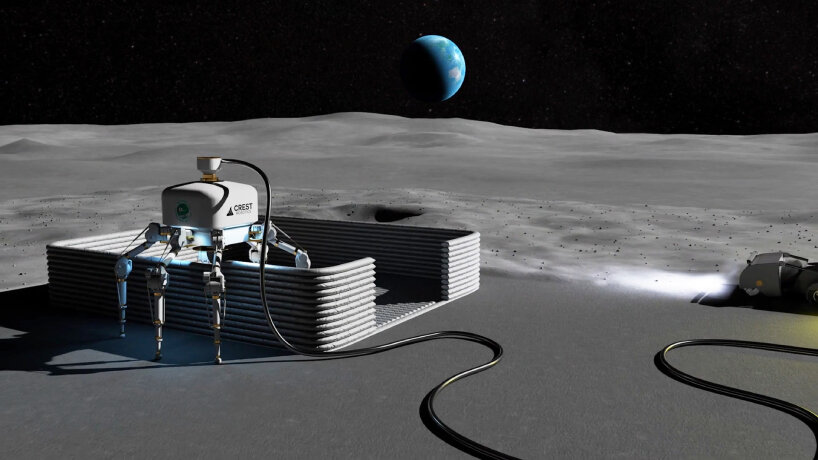
the machine uses local raw materials in constructing walls or exteriors
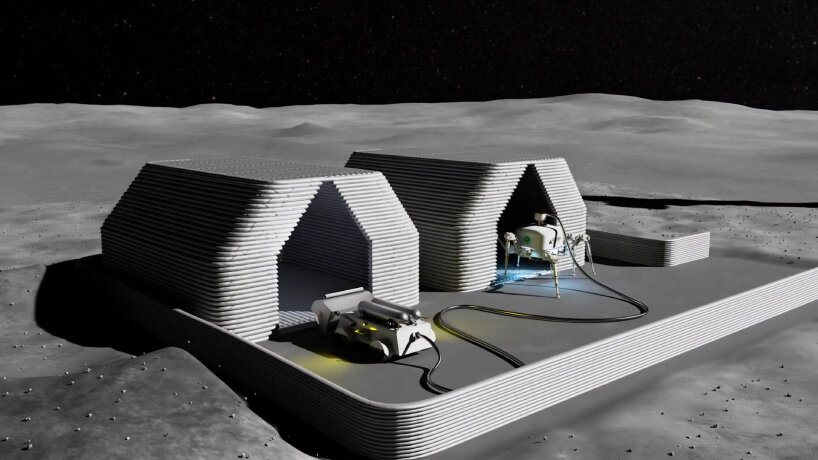
on the Moon, the system uses lunar regolith, which is the loose rock and dust on the surface
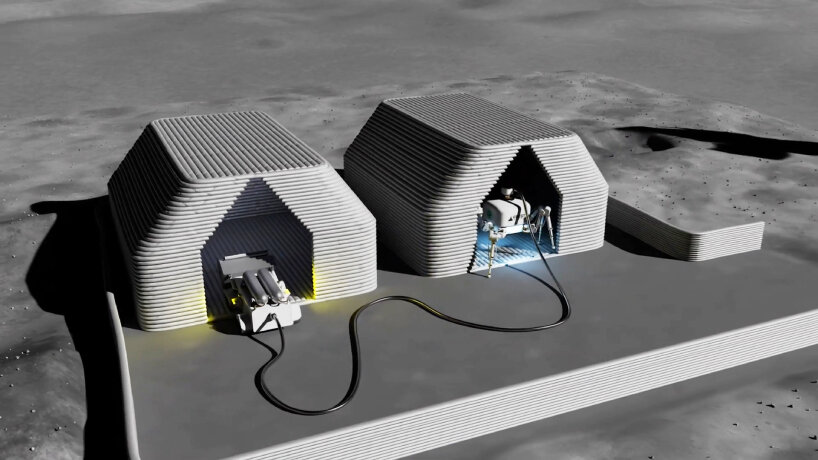
Crest Robotics and Earthbuilt Technology aim for Charlotte to complete a 200 square meter home in a day
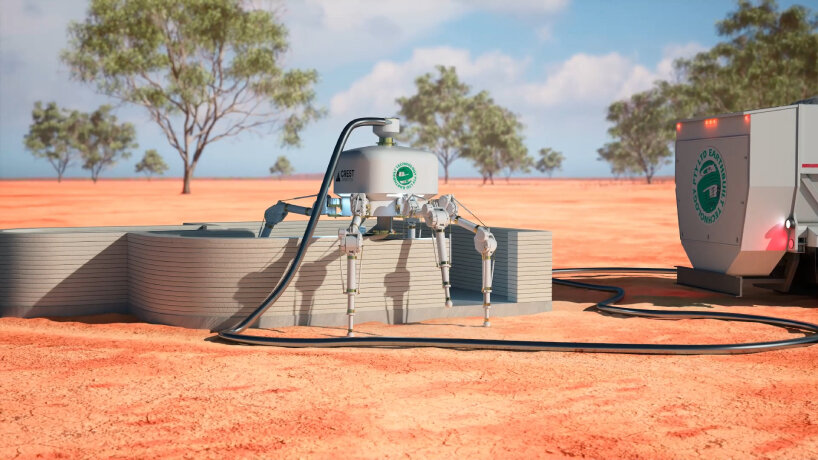
on Earth, the components the robot uses include sand, soil, and waste products such as crushed bricks
project info:
name: Charlotte
companies: Crest Robotics, Earthbuilt Technology | @crestrobotics




